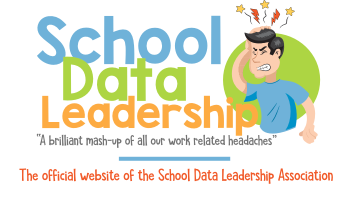Actively direct staff hiring and placement to match staff capacity with student academic and support goals.
1. Needs Assessment and Goal Setting: Conduct a comprehensive needs assessment to identify student academic and support goals. Collaborate with stakeholders to establish clear and measurable goals aligned with the school's mission and vision.
- Resource: Education Development Center (EDC) offers resources and tools for conducting needs assessments and setting student academic and support goals.
2. Aligning Staff Capacities: Evaluate staff capacities, skills, and expertise to determine how they can best support student academic and support goals. Consider factors such as qualifications, experience, and areas of expertise when matching staff to specific roles and responsibilities.
- Resource: American Association of School Personnel Administrators (AASPA) provides resources and guidelines for aligning staff capacities with student goals in education.
3. Strategic Staff Hiring: Develop a strategic approach to staff hiring that prioritizes the recruitment and selection of candidates who possess the skills and qualifications needed to support student academic and support goals. Use job descriptions, interviews, and reference checks to assess candidates' alignment with the school's goals.
- Resource: National Association of Elementary School Principals (NAESP) offers resources and best practices for strategic staff hiring in schools.
4. Professional Development Planning: Identify professional development needs based on staff capacities and student goals. Provide targeted training and support to enhance staff skills and expertise in areas relevant to student academic and support goals.
- Resource: Learning Forward offers resources and tools for planning and implementing effective professional development in schools.
5. Collaboration and Team Building: Foster collaboration and team building among staff members to maximize their collective capacity to support student goals. Create opportunities for interdisciplinary collaboration, shared decision-making, and mutual support among staff members.
- Resource: Edutopia offers articles and videos on fostering collaboration and team building among school staff.
6. Ongoing Evaluation and Feedback: Continuously evaluate staff performance and provide feedback on their contributions to student academic and support goals. Recognize and celebrate staff achievements, while also addressing areas for growth and improvement through coaching and support.
- Resource: Association for Supervision and Curriculum Development (ASCD) offers resources and tools for conducting performance evaluations and providing feedback to staff.
7. Data-Informed Decision Making: Use data to inform staffing decisions and assess their impact on student academic and support goals. Analyze student outcomes, attendance data, and other relevant metrics to evaluate the effectiveness of staff hiring and placement strategies.
- Resource: Data Wise by Harvard University provides resources and tools for using data effectively in decision making in education.
8. Flexible Staffing Models: Implement flexible staffing models that allow for adjustments based on changing student needs and priorities. Consider alternative staffing arrangements such as job sharing, team teaching, or interdisciplinary collaboration to maximize staff effectiveness.
- Resource: RAND Corporation offers research and resources on flexible staffing models in education.
By implementing these strategies and utilizing the recommended resources, educational leaders can actively direct staff hiring and placement to match staff capacity with student academic and support goals, thereby maximizing the school's capacity to support student success.
